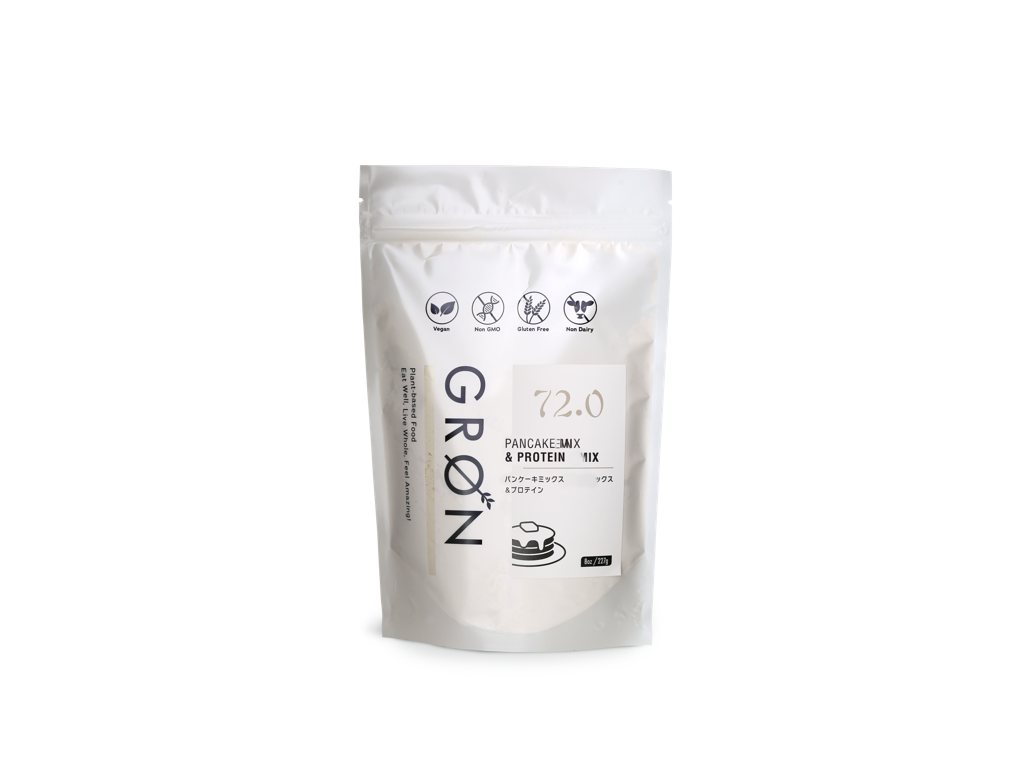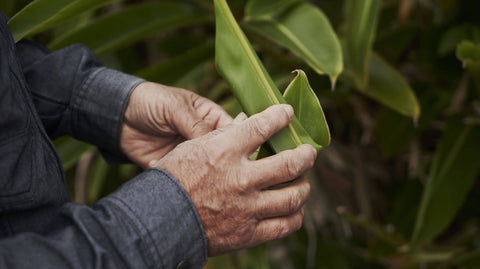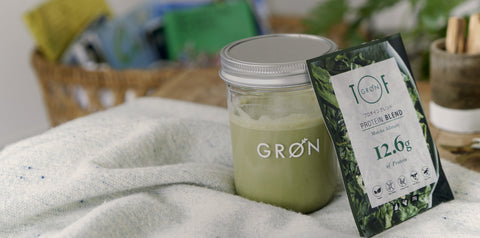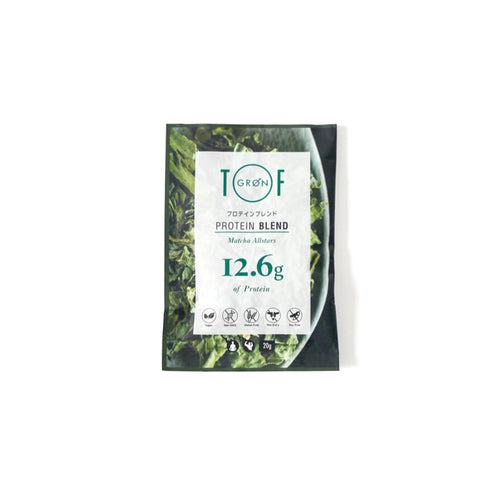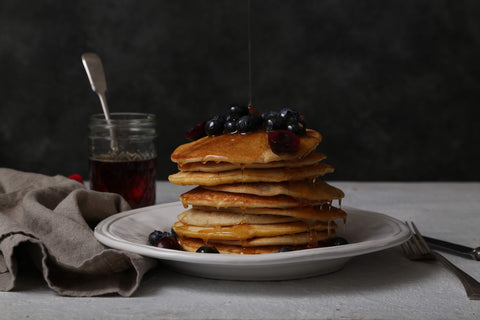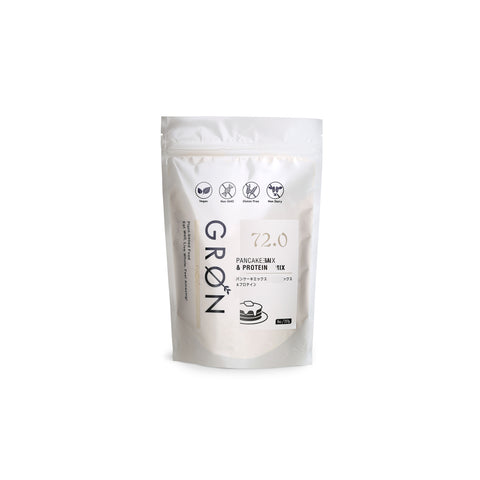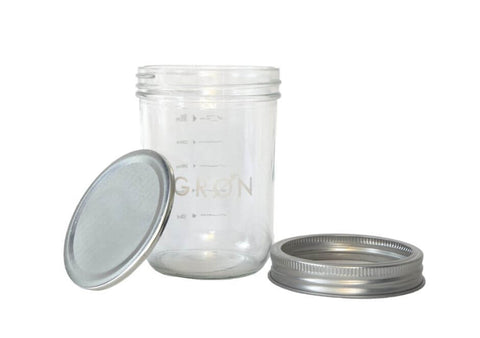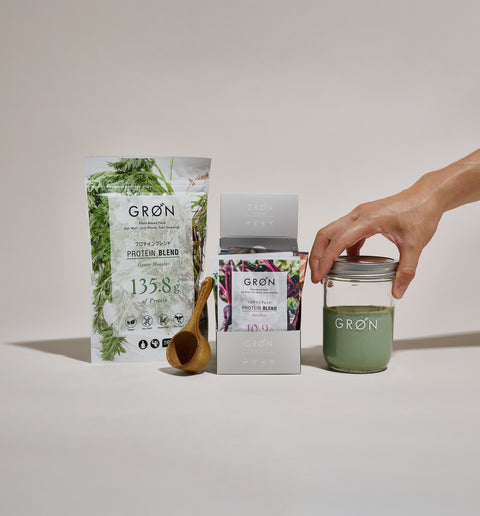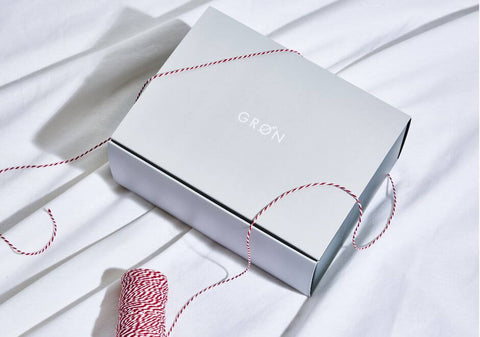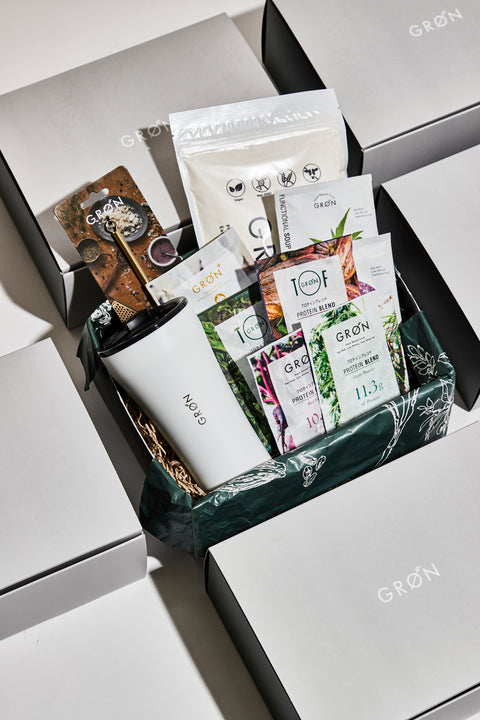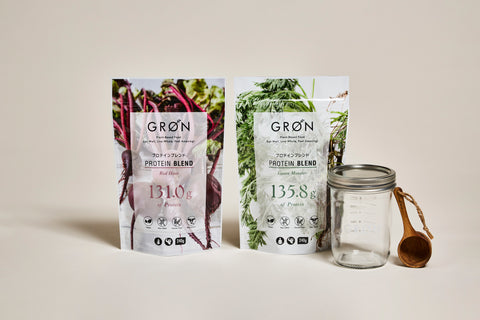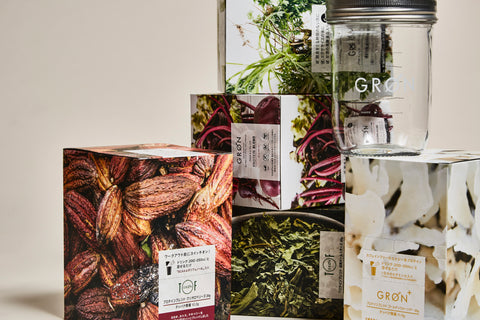Brown sugar and cane sugar - a gift from the mineral-rich southern islands
When you go to Okinawa, sugar cane is a sight that stretches out endlessly.
It is the most widely grown crop in Okinawa.
Sugarcane can withstand the strong winds and typhoons that blow on southern islands.
It is truly beautiful how it grows robustly in an arched shape, reflecting that same appearance.

Domestic sugar comes from beets from Hokkaido and sugarcane from Okinawa and the remote islands of Kagoshima.
Crops from the northern lands and southern islands support Japan's "sweetness."
Beet is a member of the Chenopodiaceae family, the same family as spinach, and sugarcane is a member of the Poaceae family, the same family as Miscanthus.
Although the raw materials are completely different, the process of producing sugar is exactly the same.
reference
>> Beet sugar - a natural source of sugar grown in the northern lands
Brown sugar and cane sugar are made using both crystals and molasses.
Granulated sugar is made using only crystals.
When you suck on a sugarcane stalk, sweet juice comes out.
This juice is the source of sugar.




This juice is simply sugarcane juice that has been solidified to make brown sugar.
This is a luxurious sugar that contains all the extract of sugarcane, except for the pomace.
Therefore, it is said to be rich in vitamins that beautify the skin, as well as minerals such as calcium, magnesium, copper, and zinc, and is also effective in regulating the health of hair, bones, and blood circulation.
In addition, the black part of brown sugar contains phenylglucoside, which has the effect of slowing down the rise in blood sugar levels. It quickly sends a feeling of fullness to the brain, reducing the amount of food eaten, and is said to be effective for dieting.
In addition, cane sugar is made by removing impurities from the raw sugar extracted from the juice of the raw material brown sugar.
It is made without the use of molasses, another ingredient used in extraction.
Granulated sugar is made by heating it and crystallizing it. Each time it is made, the unpleasant taste disappears and the sweetness increases, but the nutrients decrease, which is a bit sad.
On the other hand, the disposal of the sugarcane waste after squeezing is also a serious issue.
This sugarcane is like a lump of dietary fiber.
Recently, many people have been exploring new possibilities for how to put it to effective use, such as turning it into edible powder or making fabric for clothing.

I visited Okinawa during harvest season, and the entire island was in the midst of sugarcane harvesting.
The sugarcane, which continues to grow freely despite enduring the typhoon, is sturdy and beautiful, yet seems to reflect the relaxed attitude of the Okinawan people.
Sugarcane is a part of Okinawa's landscape and the livelihood of the people who live there.
Sugarcane is grown with such care.
Some of Okinawa's GRØN products contain sugar made from Okinawan sugar cane.
While we wanted more people to know about the sugarcane that is grown with such care, we also decided to continue to push forward with what we can do, one step at a time.
thank you very much.
<GRØN products that use the material>
Pancake Mix & Protein 227g / 900 yen (excluding tax)
Photos by Moeko Sawada





